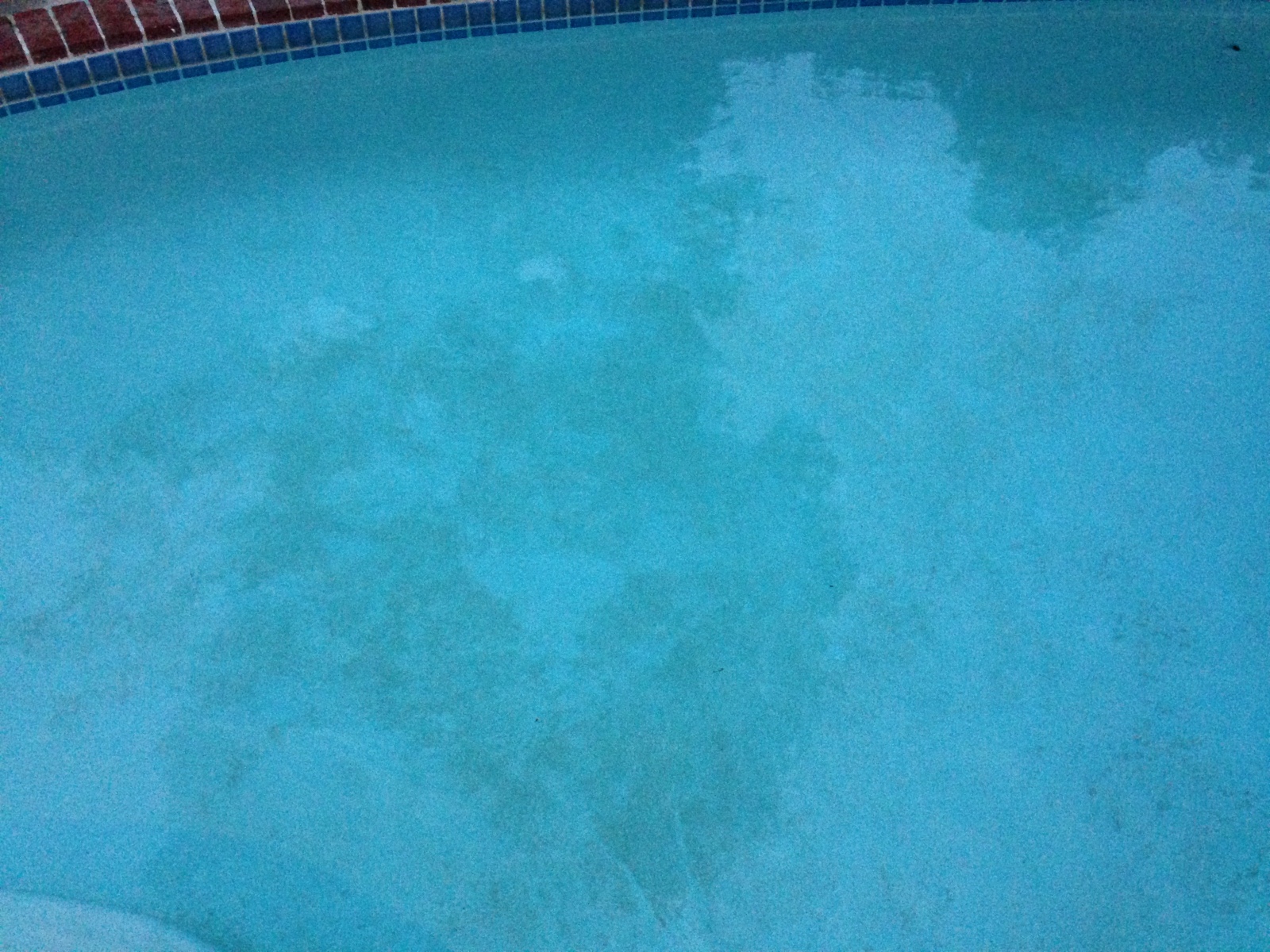What is Black Algae?
Algae is a single-celled plant form. It utilizes the process of photosynthesis to manufacture its own food and comes in very wide variety of colors and forms making it adaptable to almost any condition.
Due to algae’s microscopic size, it takes literally millions of these plants to accumulate to be noticed by the naked eye! By that time it may be too late and very costly to correct. As we tell all our customers: This best way to eliminate algae is through prevention! (This is also why we are such proponents of salt water chlorine systems.).
“Black Algae” (actually blue-green algae) forms in cracks and crevices on pool surfaces, especially plaster finishes. We normally find black algae growing in, but not limited to, shady areas of the pool. Black algae is more typically found in concrete or plaster finished pools because of their rough surfaces. It is known for a heavy slime layer and “skeletal growths” that make it impervious to normal chlorine levels. Black algae usually doesn’t have any effect on water clarity, it just makes your pool appear to have black spots on the surface.
Prevention is always better.
Black algae can be the bane of pool ownership. The spores enter swimming pools through the air and can take root in the plaster of an inadequately chlorinated pool. These roots, along with the waxy protective barrier it forms around itself, make it particularly difficult to remove. When it comes to black algae, an ounce of prevention is worth two tons of cure. Anyone who has ever dealt with a black algae infestation can attest to this. It is far better to avoid black algae by focusing your efforts on maintaining the proper chlorine (FC) level according to your pool’s CYA along with a weekly brushing of the pool surface.
Black algae typically afflicts plaster pool surfaces; it is virtually impossible in vinyl or fiberglass pools due to the smooth surface that prevent the roots from embedding themselves. It usually appears on the pool surface as isolated black spots, dark circular patterns, or blotchy black patches.
Treatment.
Have water properly analyzed and balanced. Prior to and during treatment, the algae MUST be thoroughly brushed in order to “break open” the slime layer. Failure to do this critical step will prevent the treatment from working. Shock the pool very aggressively and continue to brush the black algae. Add substantial amounts of algaecide 60.

We just bought a house with a pool. It seems like the previous owners didn’t care for the pool. There are black spots on the bottom of the pool that we cannot identify but now I think they are black algae. Should we drain the pool to remove the black algae?
Ideally yes but realistically is not necessary. Hire a professional pool service company to deal with the black algae. They will brush thoroughly all the pool walls and bottom to make sure they black algae is removed. Once that is done they will treat the water for a few days before the black algae is gone. Then for the next few months make sure you keep your water balance at all time to prevent a reoccurrence.
I agree that prevention is always better. Once black algae stars growing it is difficult to remove it.